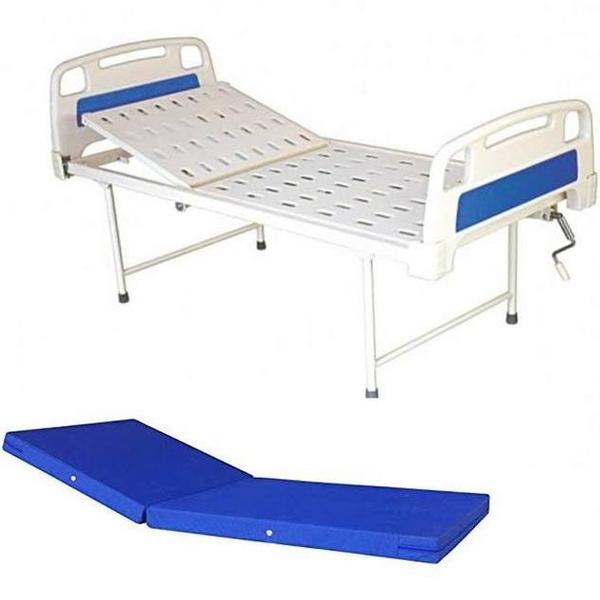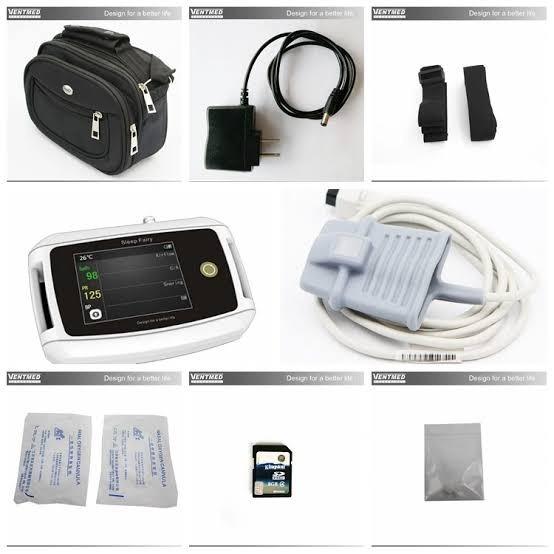Tamilnadu Medical System and Services is leading medical equipment supplies in Chennai. A hospital cot, also commonly referred to as a hospital bed, is a specialized bed designed for use in healthcare settings such as hospitals, clinics, nursing homes, and home care environments. Hospital cots are designed to provide comfort, safety, and support for patients who are ill, recovering from surgery, or dealing with various medical conditions. They come with a range of features that cater to the specific needs of patients and healthcare providers. Here are some key features and aspects of hospital cots: 1. *Adjustability:* Hospital cots are highly adjustable, allowing healthcare providers to modify the bed's position to accommodate the patient's medical needs. They can be adjusted for the head, foot, and overall height. This adjustability helps with patient comfort, medical procedures, and caregiving tasks. 2. *Side Rails:* Many hospital cots come with side rails that can be raised and lowered. These rails help prevent patients from falling out of bed, especially those who may be at risk due to medical conditions, age, or mobility issues. 3. *Mattress:* Hospital cots typically come with specialized mattresses that offer support, pressure relief, and comfort. These mattresses are designed to prevent bedsores and provide a suitable sleeping surface for patients who may be spending extended periods in bed. 4. *Remote Control:* Many modern hospital cots are equipped with remote controls that allow both patients and healthcare providers to adjust the bed's position, elevation, and other features with ease. 5. *Trendelenburg and Reverse Trendelenburg:* Some hospital cots offer Trendelenburg and reverse Trendelenburg positions, where the entire bed can be tilted with the head lower or elevated, respectively. These positions are useful for certain medical procedures and for improving blood circulation. 6. *Patient Mobility:* Hospital cots often come with wheels or casters that allow for easy movement within the healthcare facility. Locking mechanisms ensure stability when the bed needs to be stationary. 7. *Specialized Beds:* Some hospital cots are designed for specific medical conditions. For instance, bariatric beds are designed to accommodate heavier patients, while ICU beds offer advanced features for critical care settings. 8. *Accessories:* Hospitals cots can be equipped with various accessories, such as IV poles, patient monitoring systems, overbed tables, and more. Hospital cots play a significant role in patient care, as they provide a safe and supportive environment for patients who may have limited mobility, require medical monitoring, or need assistance with daily activities. The choice of a hospital cot depends on factors such as the patient's medical condition, the intended use, and the healthcare facility's requirements. Healthcare professionals, including nurses and doctors, collaborate to determine the appropriate cot based on the patient's needs and the care environment.


